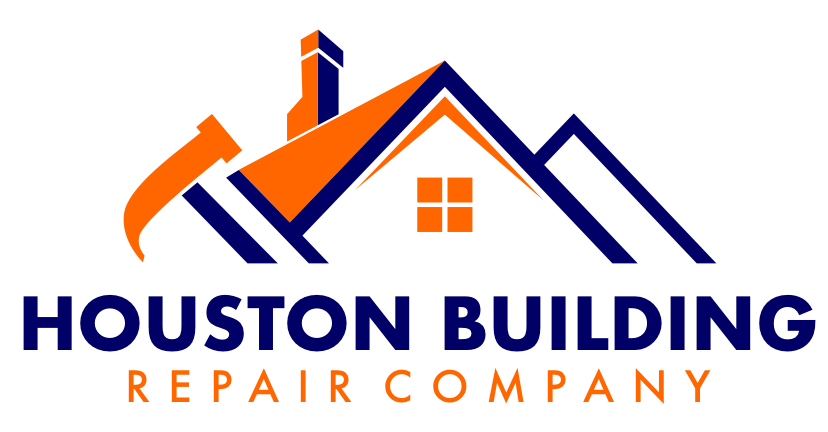How to Transform a Metal Building into a Metal Home
Are you considering the unique opportunity of transforming a metal building into a cozy, comfortable home? Whether you’re a homeowner looking to repurpose an existing structure, a building owner exploring new possibilities, or a contractor seeking a challenging project, converting a metal building into a house can be a rewarding endeavor.
In this article, we will delve into the essential steps, considerations, and creative ideas to help you successfully turn a metal building into a welcoming living space.
Potential Challenges
It’s crucial to recognize the potential challenges that come with transforming a metal building into a residential dwelling. These structures are primarily designed for commercial or industrial purposes, with a focus on durability and functionality rather than comfort and aesthetics.
One of the main obstacles you’ll encounter is insulation. Metal buildings are notorious for their poor insulation properties, which can lead to excessive heat gain or loss, making it difficult to maintain a comfortable indoor temperature. Additionally, the lack of proper insulation can result in condensation issues, potentially causing mold growth and structural damage.
Another challenge lies in the interior layout and design. Metal buildings often feature open floor plans, which may not align with the desired layout for a residential space. Careful planning and strategic partitioning will be necessary to create a functional and inviting living environment.
Preparing the Structure
The first step in your journey is to assess the condition of the metal building and ensure it meets the necessary requirements for residential conversion. This includes evaluating the structural integrity, electrical system, plumbing, and compliance with local building codes and zoning regulations.
Once you’ve obtained the necessary permits and approvals, it’s time to prepare the structure for the transformation. This may involve reinforcing the foundation, installing proper insulation, and addressing any existing issues such as rust or damage.
Insulation and Energy Efficiency
Insulation is a critical component in turning a metal building into a comfortable living space. Proper insulation not only helps regulate indoor temperatures but also contributes to energy efficiency and lower utility costs.
There are various insulation options available, including spray foam, rigid foam boards, and batt insulation. Each option has its own advantages and disadvantages, so it’s essential to consult with a professional to determine the best solution for your specific needs and climate.
In addition to insulation, you may want to consider incorporating energy-efficient features such as double-paned windows, energy-efficient HVAC systems, and solar panels to further enhance the sustainability and cost-effectiveness of your new home.
Interior Design and Layout
Once the structural and insulation aspects are addressed, it’s time to focus on the interior design and layout. This is where your creativity and personal preferences come into play.
Start by creating a floor plan that suits your lifestyle and needs. Consider factors such as the number of bedrooms, bathrooms, and living areas you require. Don’t forget to incorporate essential spaces like a kitchen, laundry room, and storage areas.
When it comes to interior design, the possibilities are endless. You can embrace the industrial aesthetic of the metal building or opt for a more traditional or modern style. Incorporating natural materials like wood, stone, and textiles can help create a warm and inviting atmosphere, balancing the industrial vibe of the metal structure.
Addressing Potential Issues
Throughout the transformation process, you may encounter various challenges and potential issues. One common concern is noise transmission. Metal buildings can amplify sound, making it challenging to achieve a quiet and peaceful living environment.
To mitigate this issue, consider installing sound-absorbing materials such as insulation, acoustic panels, or carpeting. Additionally, strategically placing furniture and incorporating soft furnishings like curtains and upholstered pieces can help reduce echo and enhance acoustic comfort.
Another potential issue is moisture control. Metal buildings can be prone to condensation, which can lead to mold growth and structural damage. Proper insulation, ventilation, and moisture barriers are essential to maintain a healthy indoor environment.
Seek Professional Help for Metal Building Conversion
While transforming a metal building into a residential space can be an exciting and rewarding project, it’s essential to work with experienced professionals who can guide you through the process. Seek out experts in the field who specialize in metal building conversions, as they can provide valuable insights and solutions tailored to your specific needs.
From insulation and energy efficiency to interior design and layout, professionals can help you navigate the challenges and ensure your project is completed to the highest standards. They can also assist with obtaining necessary permits, ensuring compliance with local building codes, and addressing any potential issues that may arise during the conversion process.
Don’t hesitate to explore professional services and unlock the potential of transforming a metal building into your dream home. With the right expertise and guidance, you can embark on this exciting journey with confidence and create a unique, comfortable, and energy-efficient living space.


